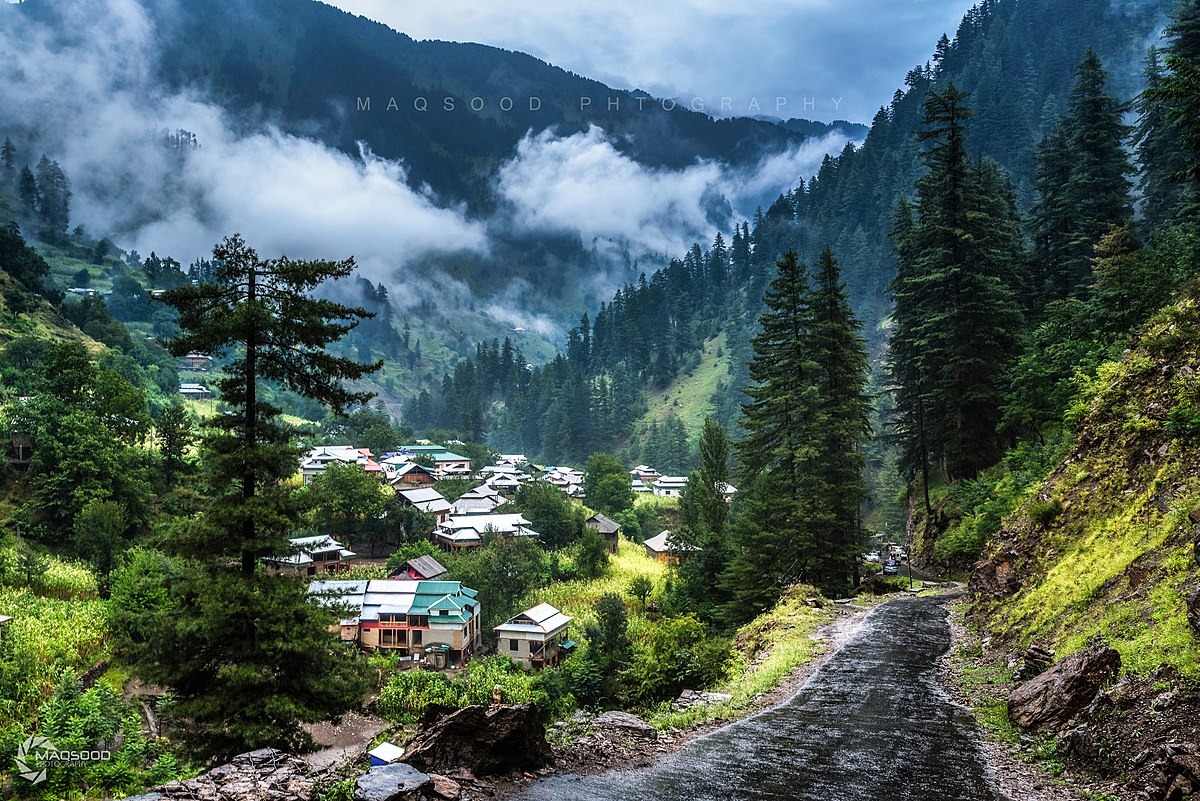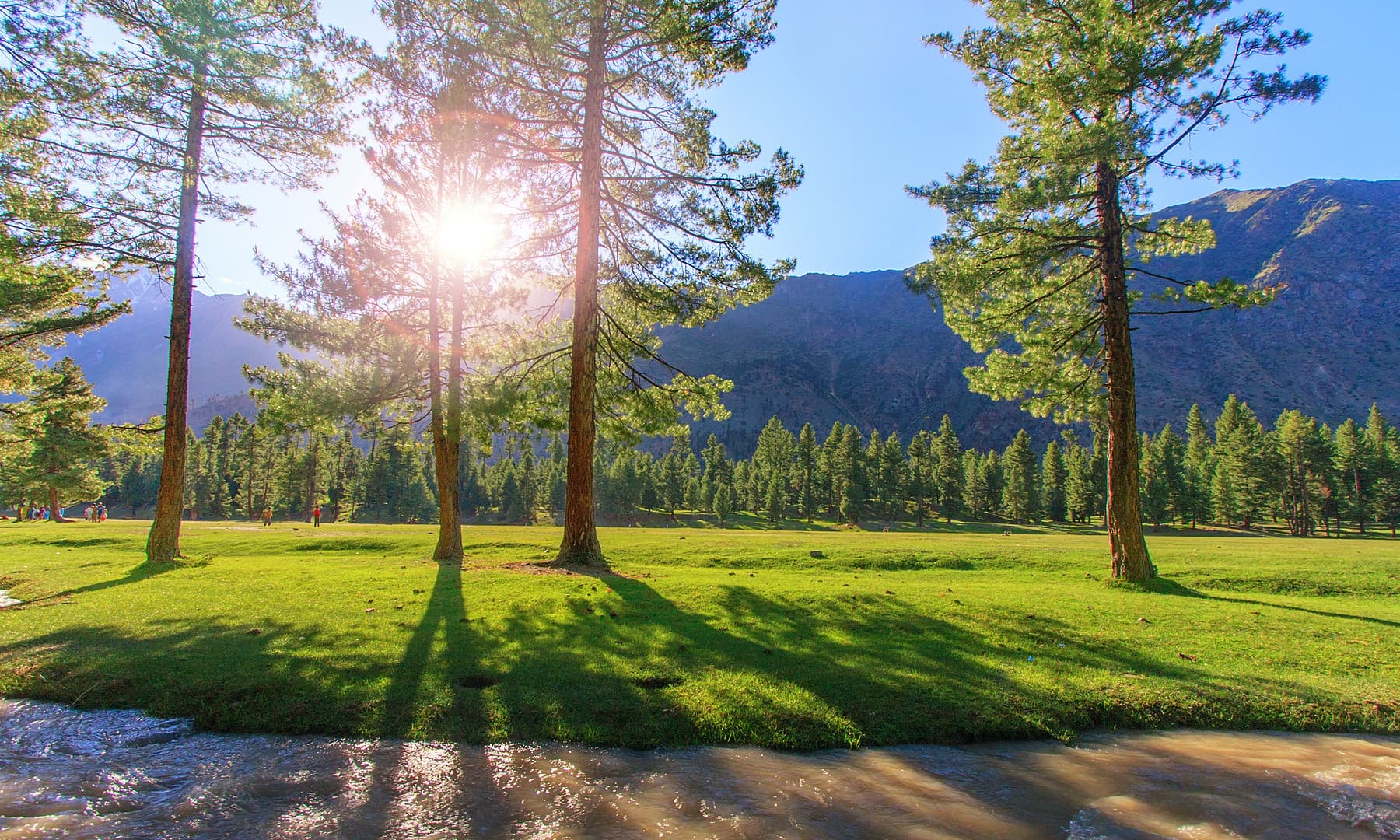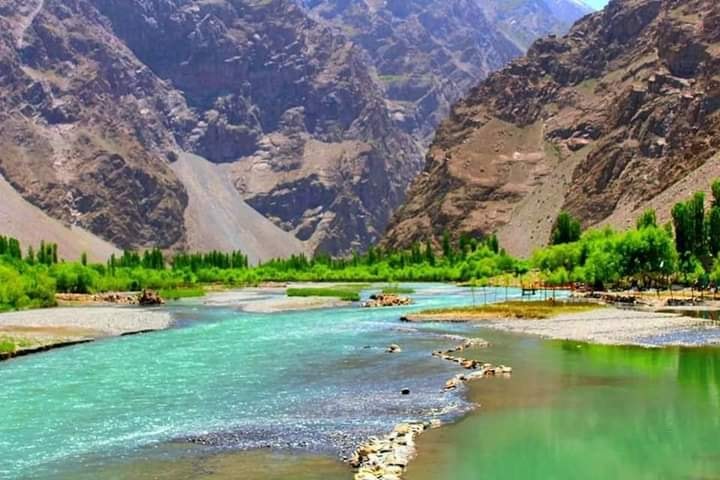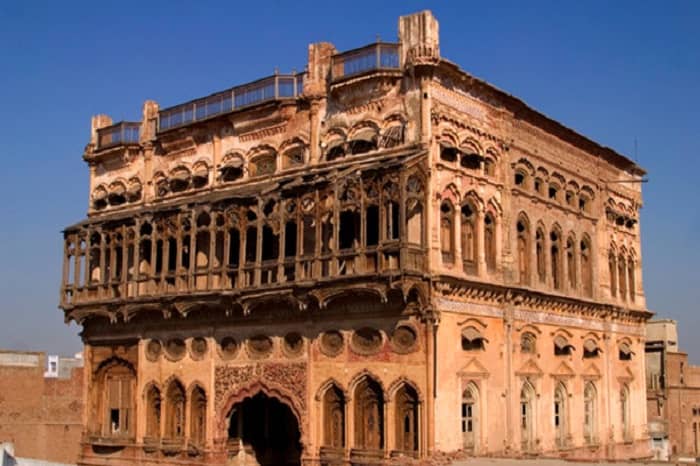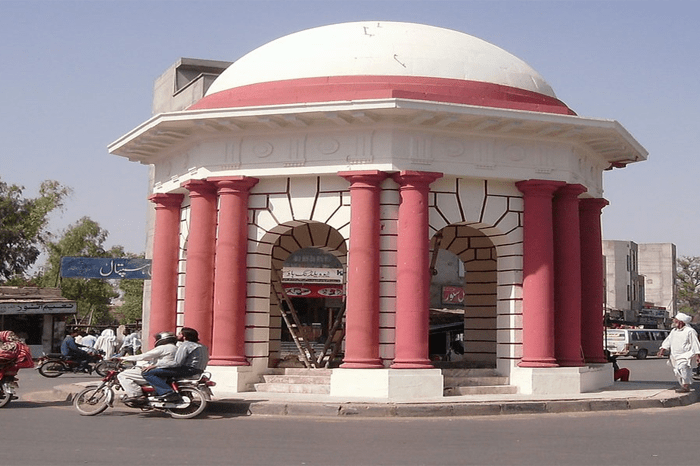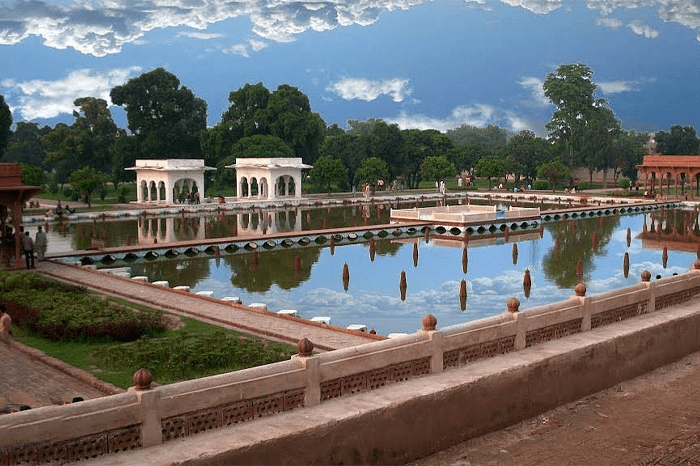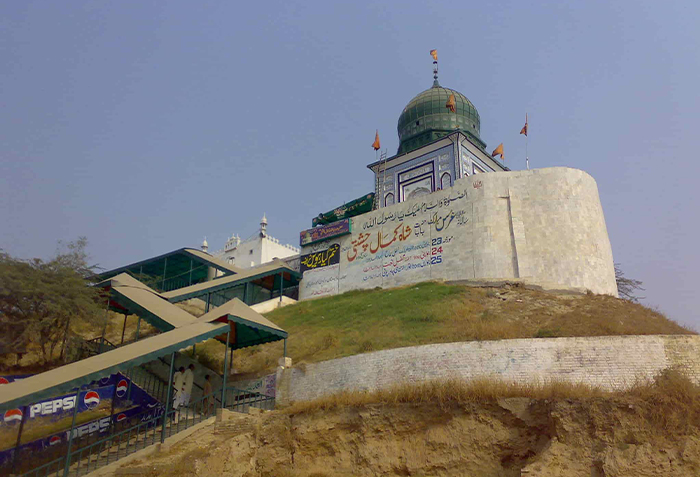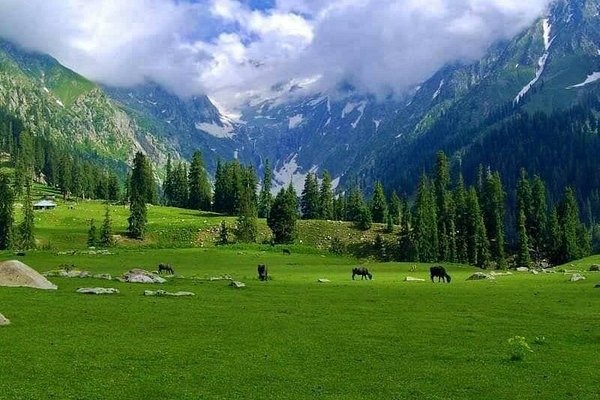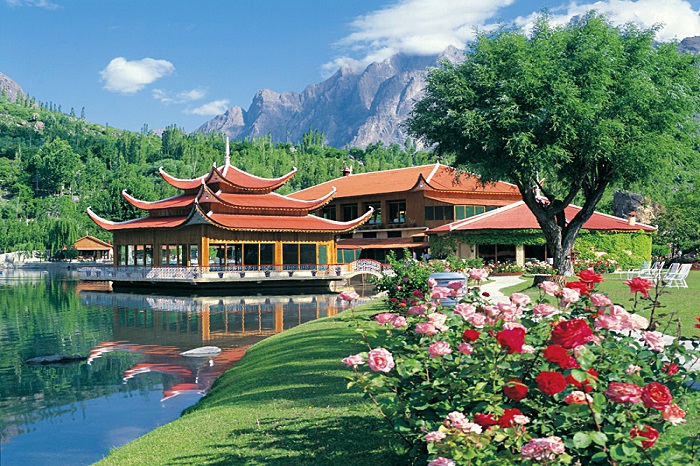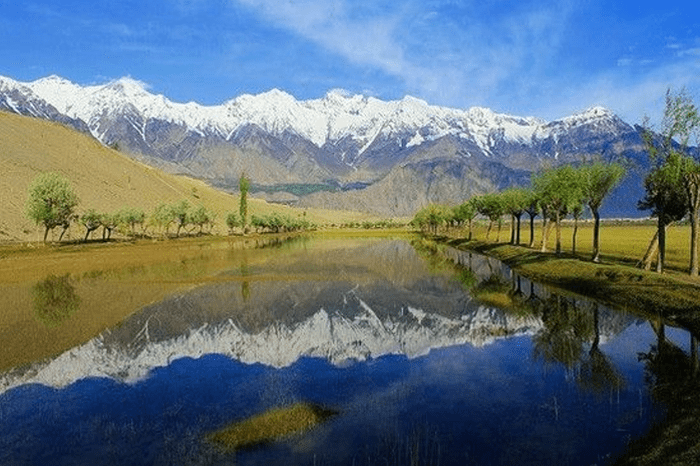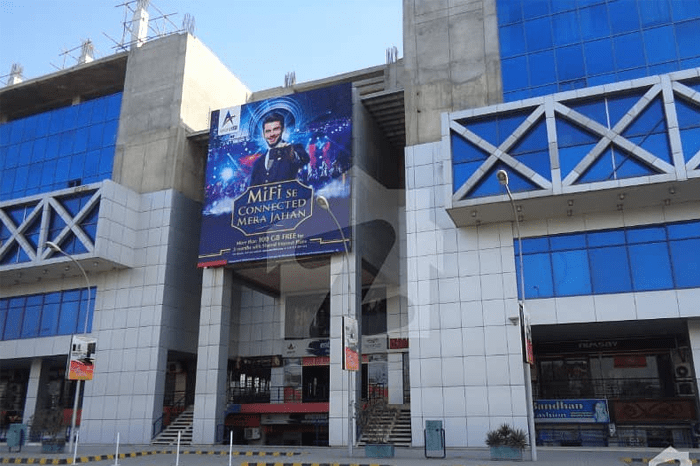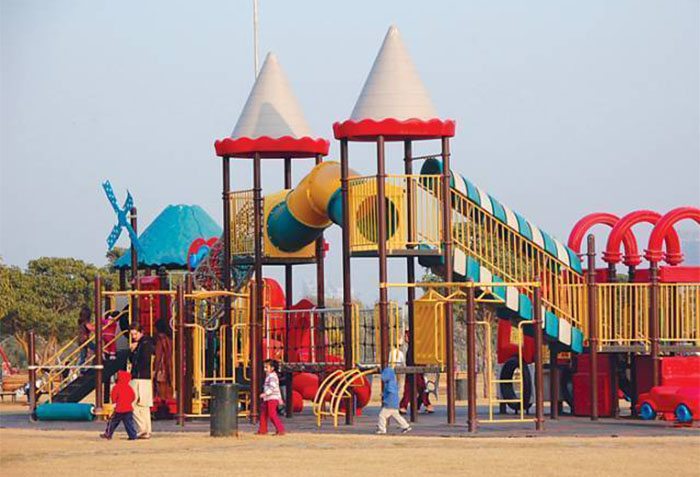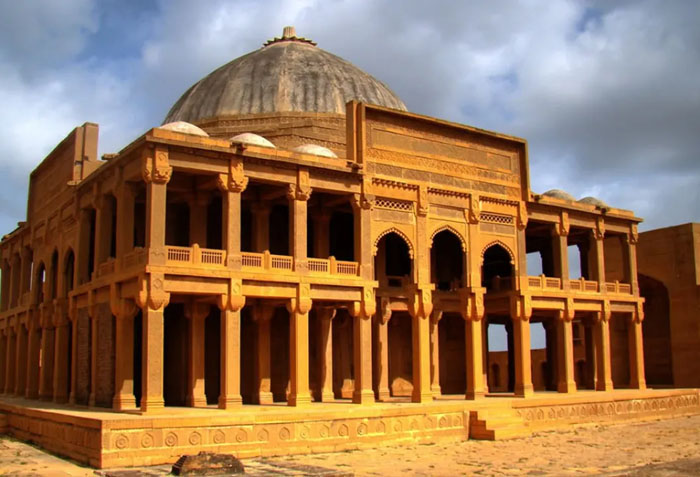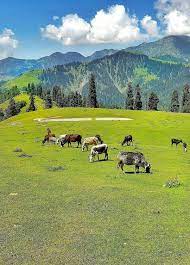
Babusar Top , Mansehra
Mansehra
KPK
Situated at an elevation of 4,173 meters (13,691 feet) above sea level, Babusar Pass offers a breathtaking experience with its panoramic views and unique natural beauty. At the top of the pass, there is a bridge-like stone minaret, symbolizing the highest point in the region. From this vantage point, visitors can enjoy: To the right, the snow-covered peaks of Kashmir. To the northeast, a captivating view of the majestic Nanga Parbat, the world's ninth-highest mountain. The scenery is nothing short of spectacular, with floating clouds that surround you as you reach the top, offering an ethereal experience. Babusar Pass is one of Pakistan's most dangerous routes, challenging both drivers and adventurers with its steep paths and unpredictable conditions. However, the rewards are unparalleled—cool breezes, floating clouds, and picturesque views of Kaghan Valley make the journey truly unforgettable. Babusar Top serves as a natural telescope, offering visitors a chance to immerse themselves in the marvelous landscapes of northern Pakistan.

